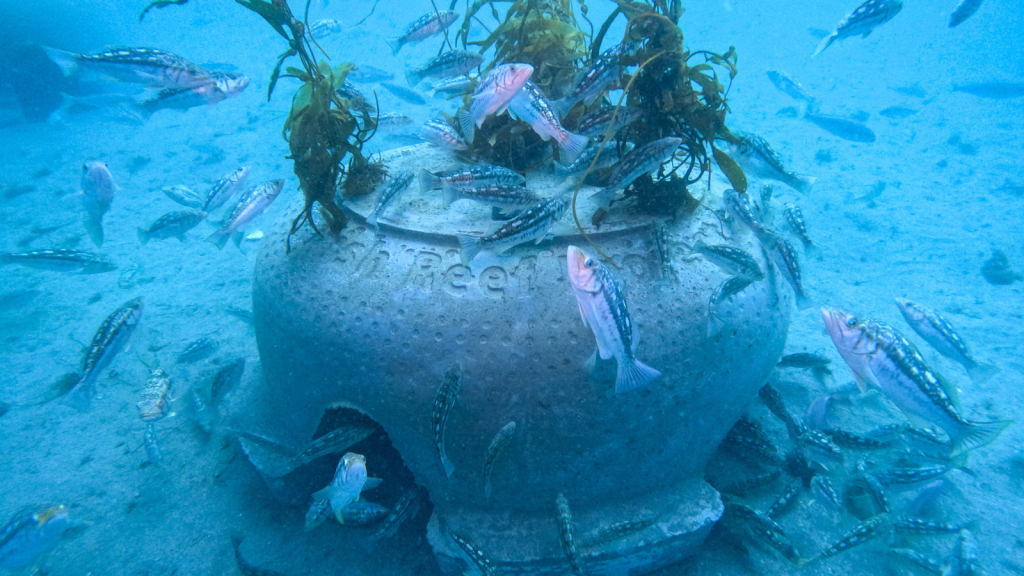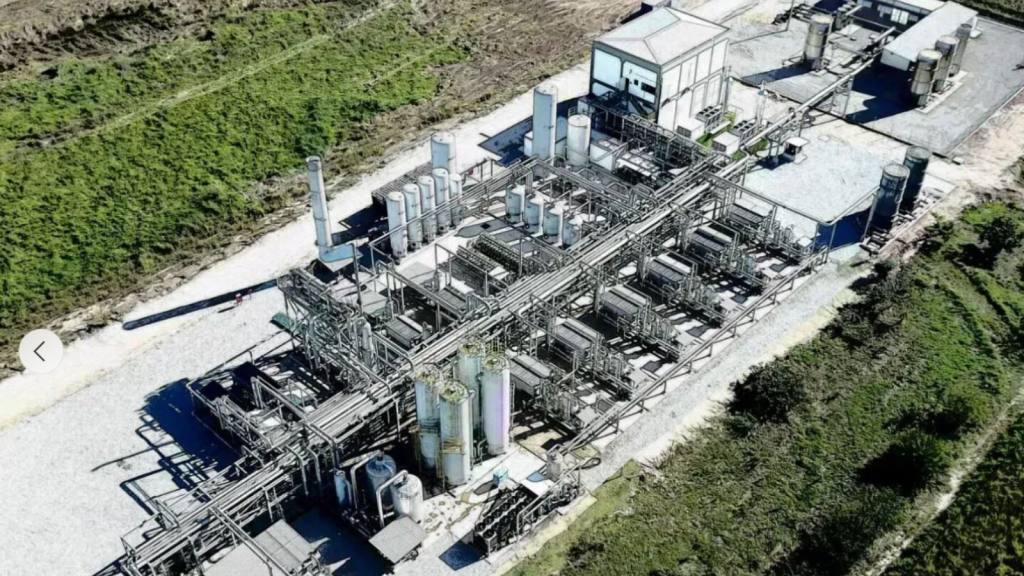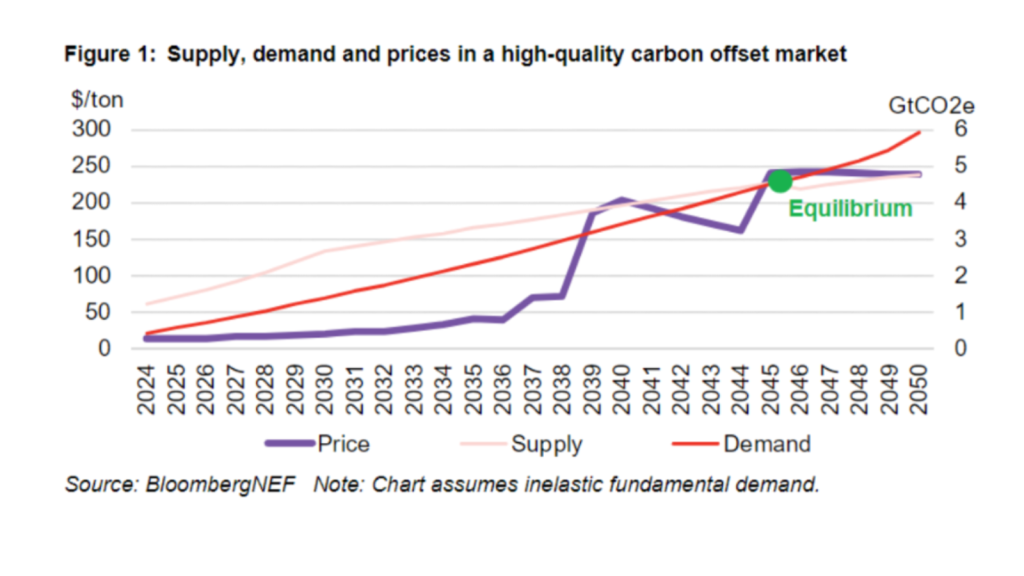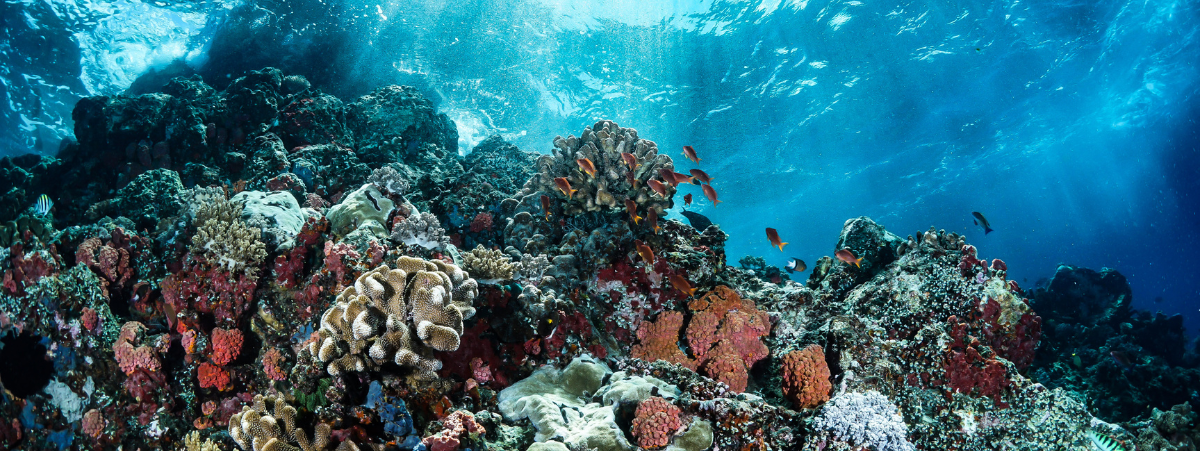Understanding the difference between carbon removals that take CO2 out of the air and offsets that prevent future emissions is key to effective climate action.
Whether you’re a fully fledged sustainability professional or you have just begun dipping your toes into the murky waters of net-zero, you’re likely to have come across the terms ‘carbon removal’ and ‘carbon avoidance. But what do these terms actually mean and when is each approach most effective?
Although both aim to reduce atmospheric carbon dioxide levels, their approaches and impacts differ significantly. In this article we will explore the differences between carbon removal vs. carbon avoidance and give you an idea of how to choose the right tool for the job.
Understanding the difference between carbon removal and carbon avoidance
Carbon Removal: Imagine taking a sponge and soaking up spilled water (carbon dioxide) from the floor (atmosphere). Carbon removal represents methods that actively remove existing CO2, like planting trees (which store carbon through photosynthesis) or using technology like direct air capture (DAC). DAC facilities capture CO2 directly from the air, often using chemical processes, for later storage underground or potential conversion into usable products.
Examples of carbon removal projects in the ClimateTrade marketplace:
Sea Cave True Blue Carbon is an innovative approach to reducing atmospheric CO2 using macroalgae photosynthesis and decreasing carbon emissions from fishing. It also measures carbon stored in reef biomass. As the first IP-protected Blue Carbon project, it guarantees that for every ten blue carbon credits, at least 1,000 kilograms of marine life are produced. If this target isn’t met, we will expand the project at our cost. This program ensures rapid, measurable improvements in ocean health and marine life, focusing on kelp and coral ecosystems.

2/ Carbon sequestering from soil
In Canada, most forestry and municipal green waste is burned, buried, or landfilled. Transforming this waste into biochar sequesters carbon for hundreds of years, supplies renewable energy, and creates local jobs.
Located on Yale First Nation land, EWS’s plant will convert about 3,000 tons of green waste into biochar, aiming to reverse human impact on the planet. The project integrates sustainable practices in forestry, agriculture, and energy, with plans to start operating in Q4 2021. The Yale First Nation is a key partner.

Carbon Avoidance: Think of preventing the water from spilling in the first place. Carbon avoidance focuses on stopping future emissions from happening. This could involve a wide range of actions, such as:
Shifting energy sources: Replacing coal-fired power plants with solar farms or wind turbines eliminates future emissions from burning fossil fuels.
Improving energy efficiency: Upgrading appliances and buildings to use less energy means less CO2 released during power generation.
Protecting natural carbon sinks: Forests play a vital role in storing carbon dioxide. Preventing deforestation and promoting sustainable forestry practices ensures these natural systems continue to function as carbon sinks.
Examples of carbon avoidance projects in the ClimateTrade marketplace:
1/ Dissemination of Improved Cookstoves in Karnataka, India
This project honors over 200,000 rural-agricultural households in Karnataka, India, a state with over 36 million rural residents known for its heritage, wildlife, and agricultural produce. Our goal is to create a clean environment, reduce hardship, and increase economic opportunities for participating women. We aim to provide clean, affordable cooking energy by distributing improved, energy-efficient cookstoves across various states in India.

2/ Promoting green energy from landfill in Brazil
This CPA is part of the CDM PoA: Caixa Econômica Federal Solid Waste Management and Carbon Finance Project, aimed at reducing methane emissions from the CTR Santa Rosa landfill in Brazil.
The CTR Santa Rosa landfill, privately operated and located in Seropédica municipality, Rio de Janeiro state, began operations in March 2011 and covers 1,699,512.97 m². Initially, it received 6,000 tons of waste per day from Rio de Janeiro, Seropédica, and Itaguaí.

Strengths and weaknesses
Carbon Removal: Directly tackles the existing problem of excess CO2 in the atmosphere, offering a crucial tool for achieving net-zero emissions, where we remove as much carbon as we emit. However, some removal technologies like DAC are still in their early stages of development, making them expensive and energy-intensive. Additionally, ensuring the long-term, secure storage of captured carbon is critical.
Carbon Avoidance: Prevents future emissions, crucial for slowing the pace of climate change and mitigating its worst effects. It’s often seen as a more mature approach with readily available options. However, avoidance doesn’t address the CO2 already present in the atmosphere, and its effectiveness relies heavily on significant behavioral and technological shifts.
How to choose the right decarbonization mechanism
The best approach depends on the specific situation. Here’s a breakdown of where each strategy might shine:
New infrastructure projects: Here, avoidance shines. Building a wind farm instead of a coal plant prevents future emissions altogether. Similarly, investing in public transportation or electric vehicle infrastructure reduces reliance on fossil fuels in the long run.
Counteracting past emissions and achieving net-zero: Removal takes center stage. Planting trees, restoring degraded ecosystems, or utilizing DAC can help offset past emissions and bring us closer to net-zero.
The reality is, we need both strategies working together. Achieving net-zero emissions will require a fully comprehensive approach that utilizes both avoidance and removal tactics. Think of it like using a combination of the sponge (removal) to clean up the existing spill and a mop (avoidance) to prevent future spills altogether.
What is the demand for carbon removal and carbon offsets?
The field of carbon removal technologies is constantly evolving, with exciting possibilities for capturing and storing CO2 on a large scale. Technologies like enhanced weathering, which involves spreading crushed rock on land to accelerate natural CO2 capture processes, are being explored alongside DAC advancements.
Carbon offset programs are another piece of the puzzle. These programs allow individuals or companies to fund removal projects to compensate for their emissions. By supporting certified removal projects, individuals and businesses can contribute to achieving net-zero goals. SBTi’s new guidance allows companies to use carbon offsets to neutralize their Scope 3 emissions, a significant change that could dramatically increase demand for these credits. Given the circumstances we are currently facing, carbon offsets are a significant opportunity to reach net-zero as there is already too much CO2 in the atmosphere and this has to be addressed rapidly.
Currently, most companies’ carbon footprints are dominated by Scope 3 emissions, which come from their supply chains and customer use of products. With the new guidance, demand for carbon offsets is expected to surge. BloombergNEF estimates annual demand could reach 5.9 billion tons by 2050, with a peak price of $243 per ton. This high demand would create a valuable market exceeding $1.1 trillion annually by 2050.

ClimateTrade offers the world’s largest selection of carbon offset projects on a user-friendly marketplace. A fully digitized experience that will allow you to filter these projects by type, choosing between removing existing carbon dioxide from the atmosphere (removal) or preventing future emissions (avoidance).
This allows you to directly support initiatives that align with your environmental goals. ClimateTrade goes beyond simply connecting individuals and businesses with projects. We were the first climate technology company to launch a Climate SaaS API and carbon offsetting strategy as a service, empowering businesses on their path to net-zero emissions with a comprehensive solution.








